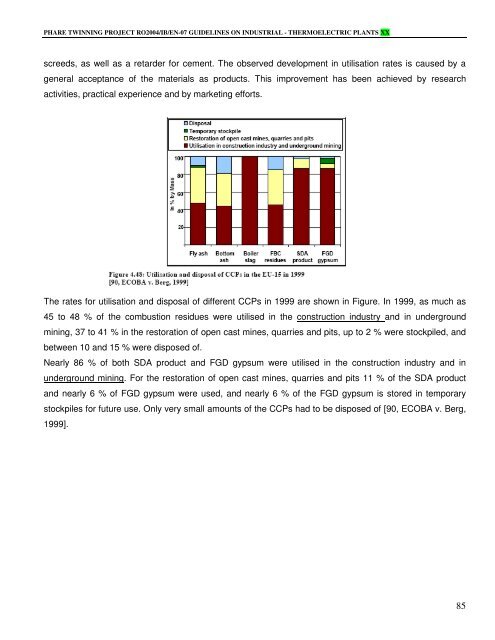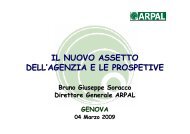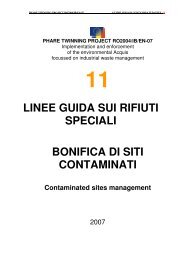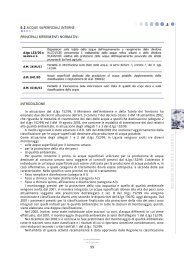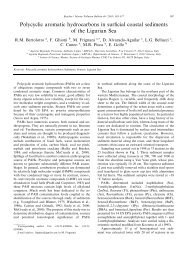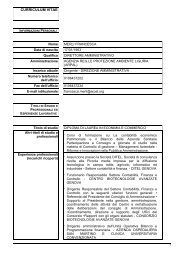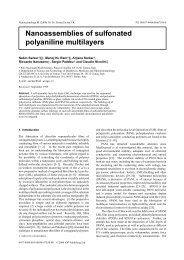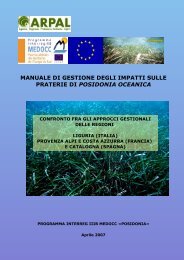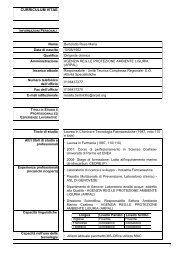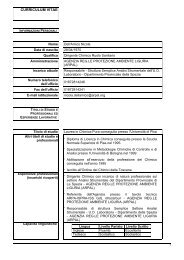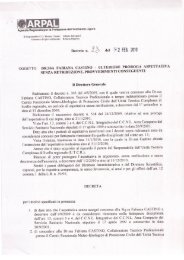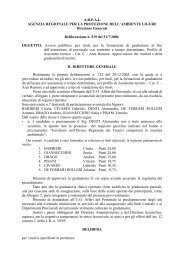Rifiuti da centrali termoelettriche - ARPAL
Rifiuti da centrali termoelettriche - ARPAL
Rifiuti da centrali termoelettriche - ARPAL
You also want an ePaper? Increase the reach of your titles
YUMPU automatically turns print PDFs into web optimized ePapers that Google loves.
PHARE TWINNING PROJECT RO2004/IB/EN-07 GUIDELINES ON INDUSTRIAL - THERMOELECTRIC PLANTS XX<br />
screeds, as well as a retarder for cement. The observed development in utilisation rates is caused by a<br />
general acceptance of the materials as products. This improvement has been achieved by research<br />
activities, practical experience and by marketing efforts.<br />
The rates for utilisation and disposal of different CCPs in 1999 are shown in Figure. In 1999, as much as<br />
45 to 48 % of the combustion residues were utilised in the construction industry and in underground<br />
mining, 37 to 41 % in the restoration of open cast mines, quarries and pits, up to 2 % were stockpiled, and<br />
between 10 and 15 % were disposed of.<br />
Nearly 86 % of both SDA product and FGD gypsum were utilised in the construction industry and in<br />
underground mining. For the restoration of open cast mines, quarries and pits 11 % of the SDA product<br />
and nearly 6 % of FGD gypsum were used, and nearly 6 % of the FGD gypsum is stored in temporary<br />
stockpiles for future use. Only very small amounts of the CCPs had to be disposed of [90, ECOBA v. Berg,<br />
1999].<br />
85


